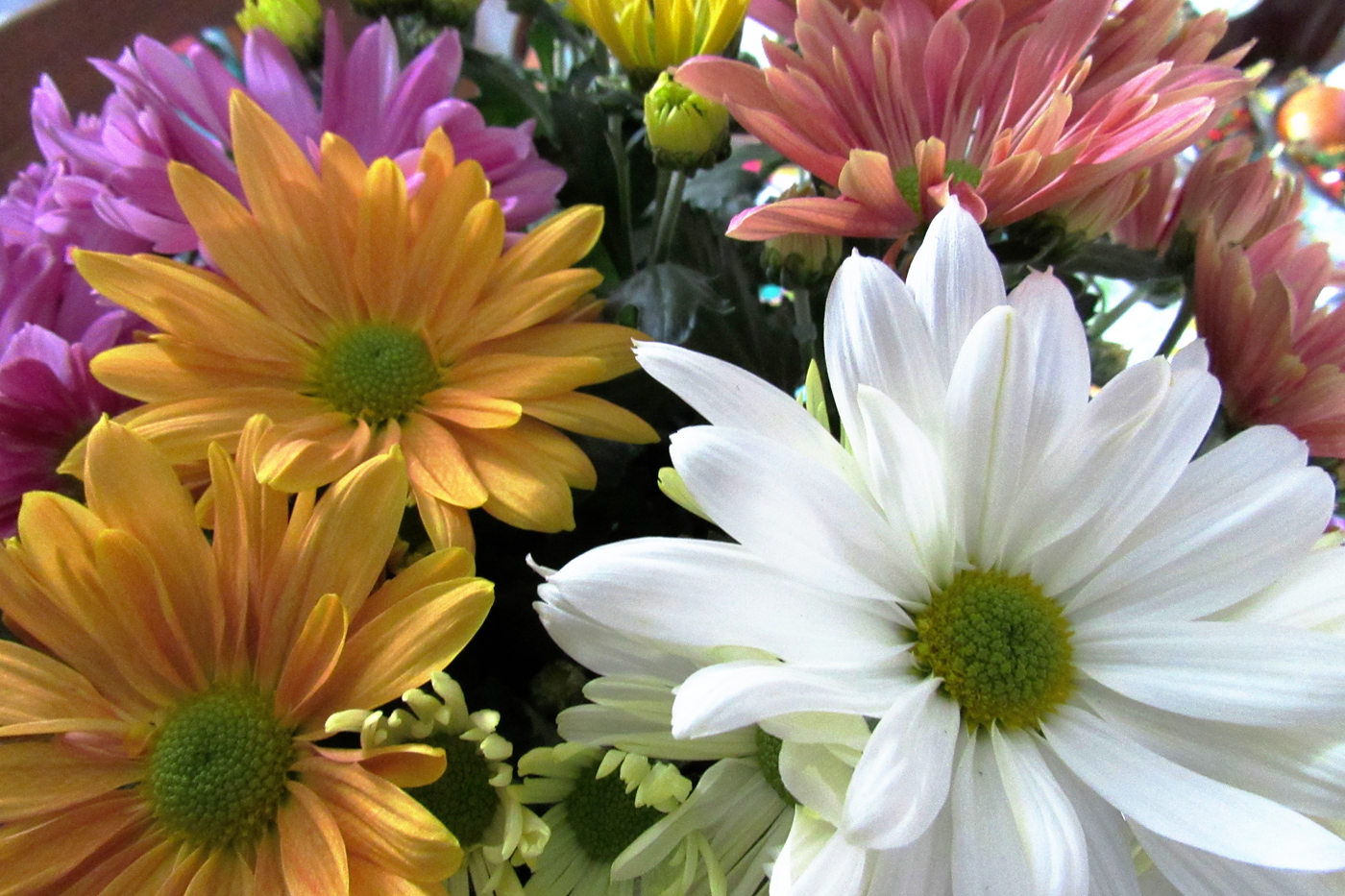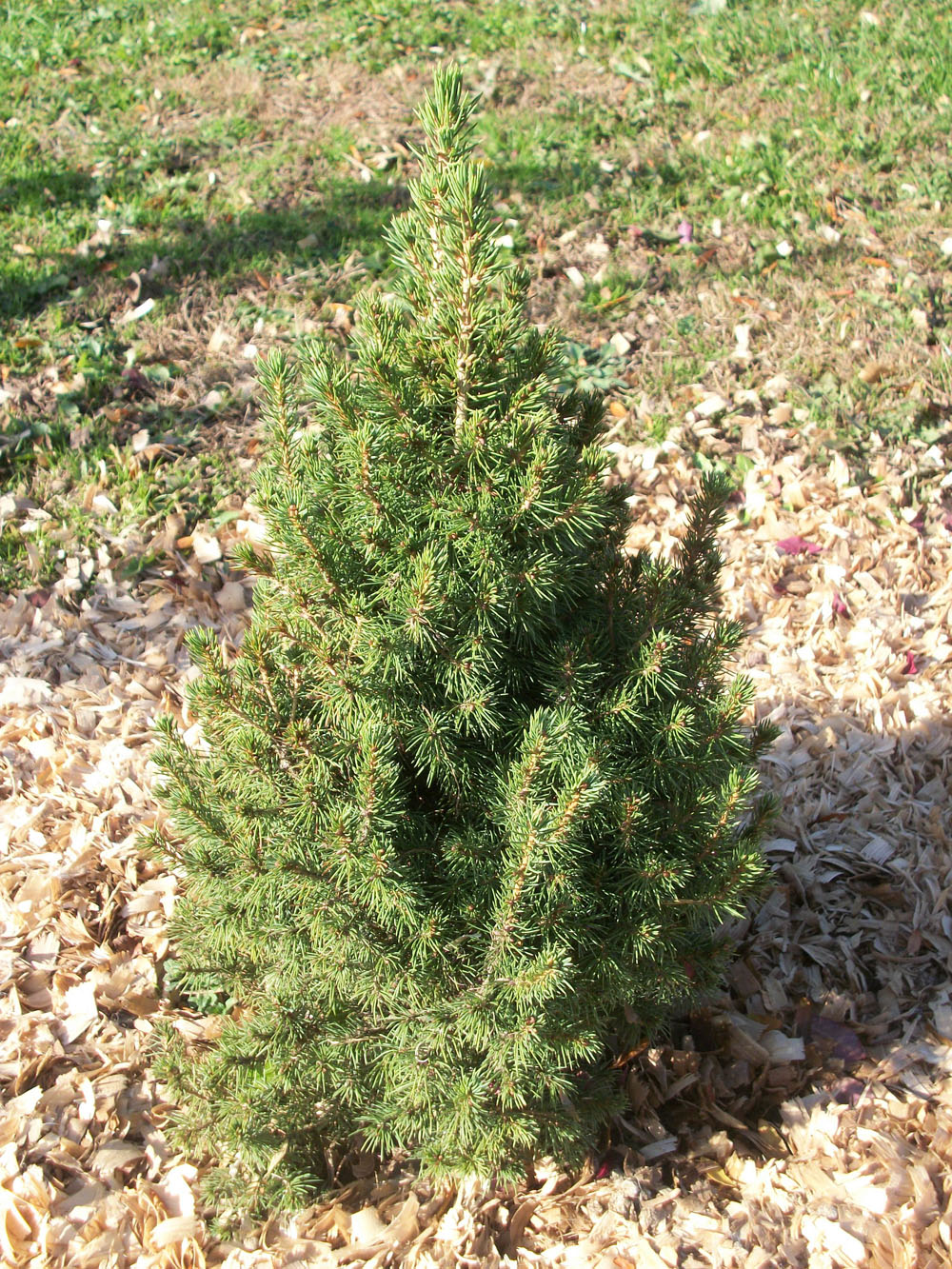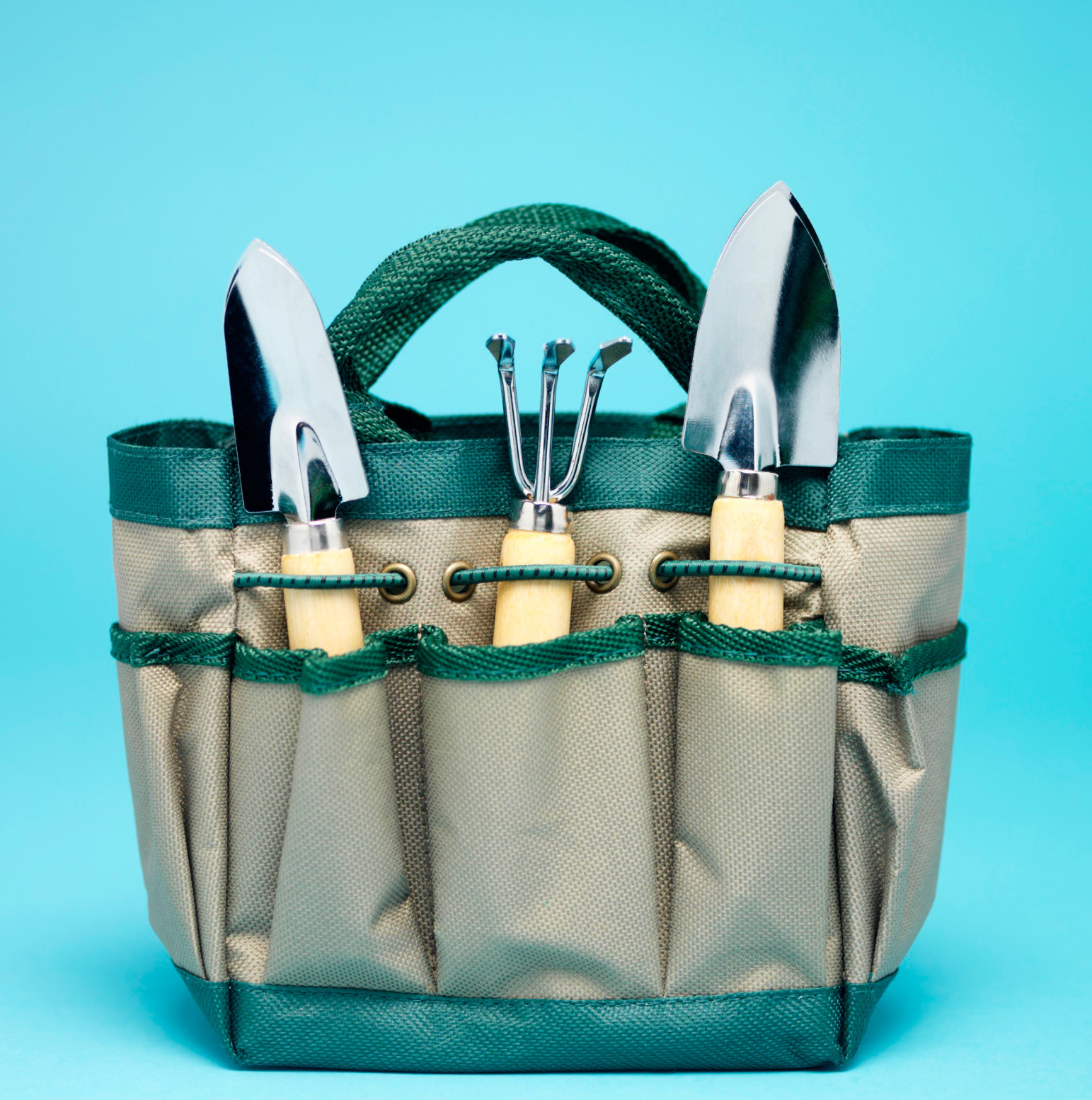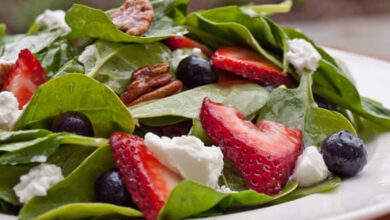Non-invasive cultivars
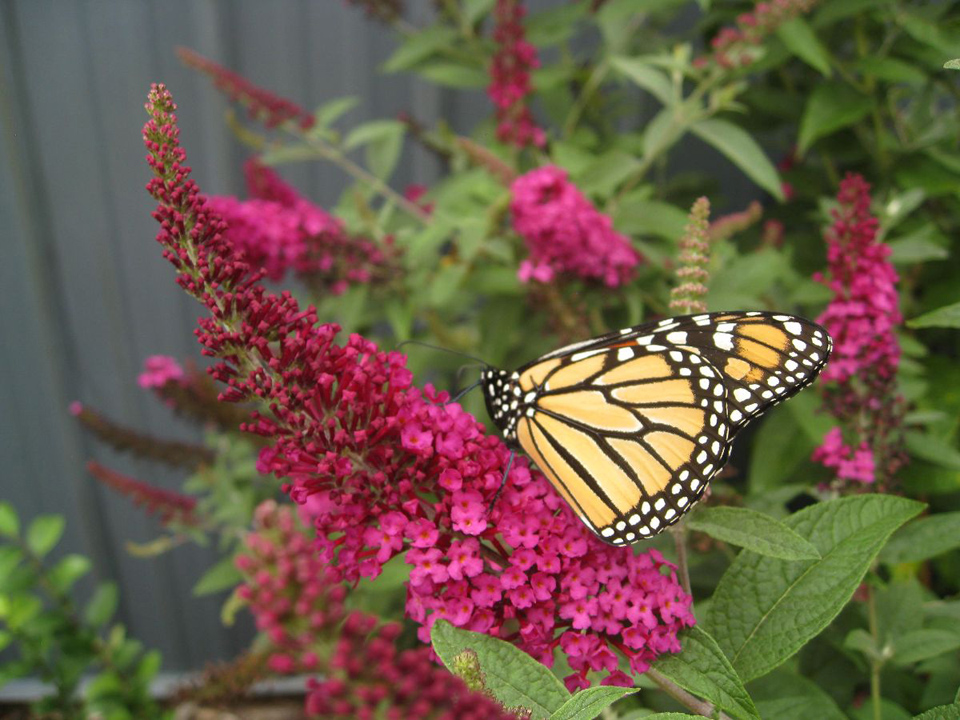
When I saw that Buddleia was one of the “Plants of the Year” chosen by the National Garden Bureau for 2024, I was surprised. Buddleia, with its lovely, cascading , sweetly scented flowers, is a butterfly, insect and hummingbird magnet. But Buddleia is on the invasive species list of plants to avoid because in some places this non-native’s aggressive nature can cause environmental and economic harm.
The National Garden Bureau answered these concerns in a recent article on their website entitled, “New Plant Cultivars: The Secret Weapon in the Fight Against Invasive Species.”
Plant breeders are now offering sterile cultivars of plant species deemed invasive or aggressive, the NGB says. This means the plants produce no or very few seeds, but nectar production is not reduced.
The National Garden Bureau notes that past “sterile” cultivars such as the Bradford pear, may not have been self-fertile, but they managed to cross-pollinate with wild species, which resulted in fertile fruit and fields filled with invasive seedling forests.
Recent breeding efforts ensure that sterile cultivars don’t cross-pollinate and spread, the NGB article explains. “These stringent requirements resulted in inter-specific hybrids that don’t face the same restrictions in states where invasive species are banned. Hybrids can be sold in these states if they’ve been trialed and shown to produce less than two percent viable seed.
This is interesting news for gardeners who enjoy plants like Buddleia, and who have desired to grow the plant, but are concerned about its invasive tendencies.
The National Garden Bureau says these new cultivars make celebrating the Year of the Buddleia possible. New sterile cultivars include members of the Buddleia Cascade Collection – ‘Violet Cascade’, ‘Grand Cascade’, ‘Lilac Cascade’, and ‘Pink Cascade II’, all of which have produced no observed seed set in four years of trials. The plants are hardy in USDA zones 5 through 10. Also included are members of the Buddleia Chrysalis™ Series, which are great for containers and have a compact mounding habit. Colors include white, cranberry, blue, pink, and purple. This series is hardy in USDA zones 5a through 9a.
In their 2024 Year of the Buddleia Fact Sheet, the NGB states vendors have also marketed the following cultivars as “non-invasive”: Flutterby Petite® Blue Heaven (Star Roses and Plants), Lo & Behold® Series (Proven Winners) and ‘Miss Molly’ and ‘Miss Ruby’ (Proven Winners).
The National Garden Bureau says Buddleia that are left unpruned can potentially only produce blooms in its canopy. To encourage blooms throughout the plant, prune the plants in spring after new growth appears. Cut the shrub back to just above new leaf buds. As Buddleia tend to leaf-out late, make sure you wait before you attempt to prune. Also, avoid planting Buddleia in the fall, as it can experience winter damage. It needs time to establish strong roots and winter hardiness.
The National Garden Bureau also explains that Buddleia is a symbol of resurrection, re-birth and new beginnings. In post World War II Europe, for example, Buddleia was known to come back to life even in the midst of debris, giving people a sign of hope.


